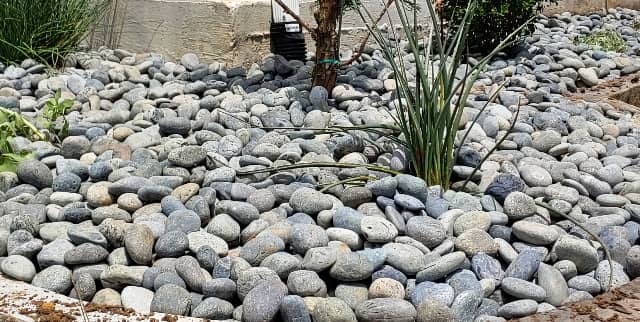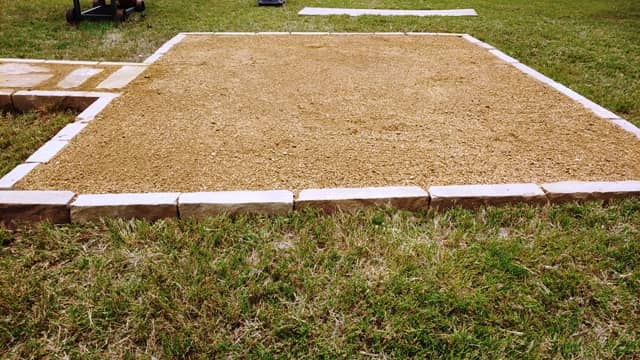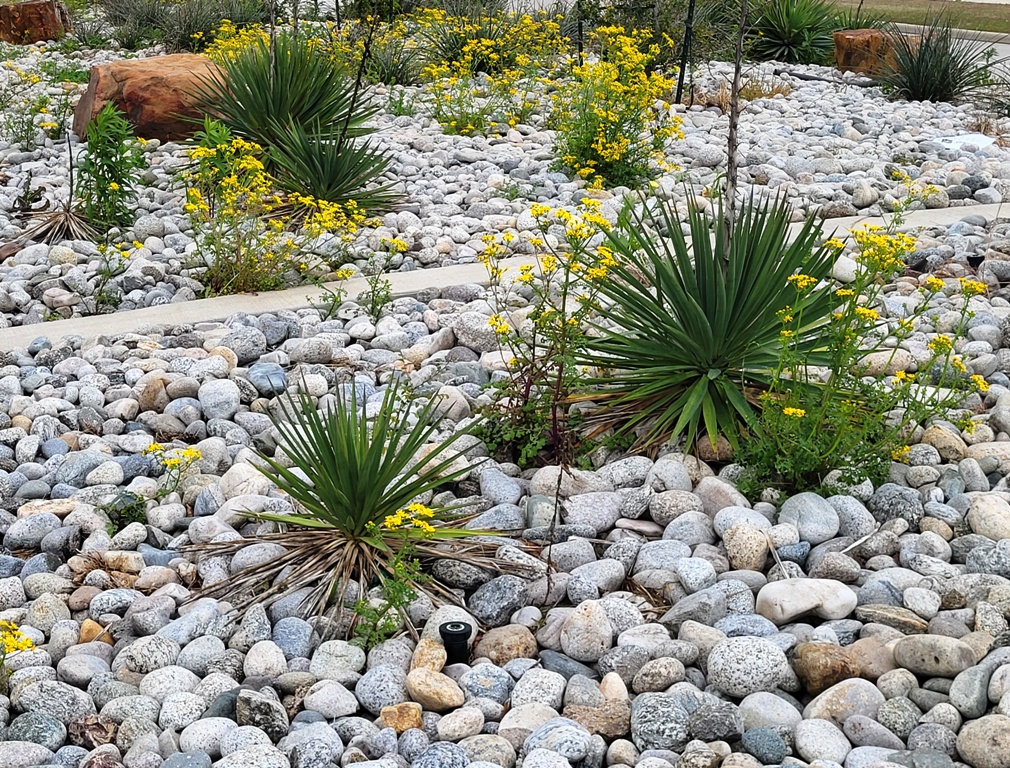
solvida
Decorative Rocks for Landscaping
Using rocks and aggregates is an excellent way to bring dynamic visual interest and function to your landscaping project plans. When considering adding rocks or aggregates to your landscape, it’s helpful to understand your range of options. We have categorized the various types of decorative rocks for landscaping in Texas below and provided some examples of how best to use them.
River Rock
River rocks are exactly that—rocks found near or in a river. Over time, with the natural ebb and flow of the river, the edges of these rocks have become smooth. River rock is available in all sizes but is most commonly seen between 1” and 4”. River rocks are rarely a single color but instead come in blends of colors that complement their natural surroundings. While different stone yards might have different names for their river rock, most river rocks with “Café” in the name will represent earth tones such as cream and brown. “Arizona River Rock” will typically include more burgundy and gray rocks. “Native Rock” can vary from state to state depending on what is native to the area. In Texas, “Native Rock” will almost always include a blend of earth-toned colors.
When utilizing these decorative rocks in your landscaping, it’s best to use small to medium-sized river rock for the accent landscaping areas where the larger, 6” to 10” river rock is best used to facilitate landscape drainage.
Granite
In the landscaping world, most granite rock is used in a crushed form. You will come across the terms “Decomposed Granite” and “Crushed Rock Fines”. They both represent a mixture of small granite pebbles with a sandy or dirt-like texture. The pebbles in decomposed granite have a slightly coarser look to them, while the pebbles in crushed rock will resemble chipped stone.
Both decomposed granite and crushed rock fines can be used as decorative rocks in your landscaping plans for a more natural look. They are both so fine and permeable, meaning water flows through them, that they can be used for walkways and pathways, as well as a base material for patios and artificial turf. Most installations should be between 2 inches and 4 inches and compacted for stability.
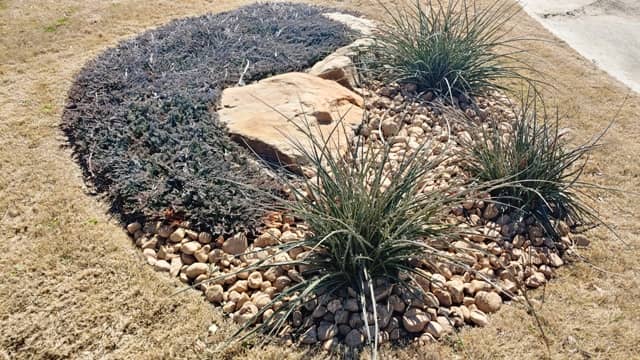
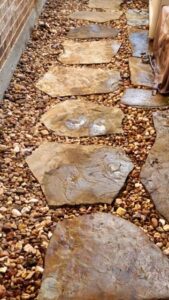
Boulder Stone
A boulder stone doesn’t refer to the type of materials in the stone, but rather the size of the stone. A boulder is simply a single, large stone. Boulder stone can be used in many ways to enhance your landscape. Larger boulder stones can be used to create areas of marked elevation, bench seating, or single points of interest. Smaller boulders are most often used to create accent edging for garden beds and are sometimes used with mortared, chopped stonework.
Gravel
Gravel is simply a collection of loose rock fragments. The most commonly used gravel in landscaping is pea gravel. Pea gravel is easily identified by its small size. Found in blends of different colors, pea gravel tends to be 3/8” in size. This small size makes pea gravel easy to walk on, making it an excellent choice for pathways or play areas.
Most other gravels tend to be unique to the rocks found in your area. In Texas, Tejas gravel is frequently used in landscaping. Identified mainly due to the deep charcoal coloring, Tejas gravel is available in 3/8” to 1” sizes. The sharp edges of Tejas gravel compact to create a wonderful pathway material.
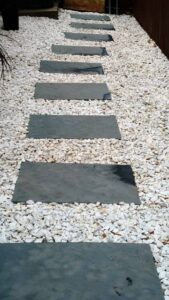
Utility Rock
A utility rock like crushed limestone serves as a budget-friendly decorative landscaping rock. Especially when you’re working with more modern landscaping designs or you need something brighter in color than earth-toned rocks.
Oftentimes, utility rocks are used for purpose over beauty. Typically, they are the practical rocks used for water runoff areas, temporary driveways, or as a base layer for something else. Examples of these utility rocks are: limestone flex base, road base, and crushed limestone.
Frequently Asked Questions about Landscaping Rocks
What do you lay under landscape rocks?
When installing any landscape rock over a large area, it’s important to prepare the area by installing a breathable landscaping fabric or weed barrier.
Where can I get landscaping rocks?
In small quantities, landscaping rocks can be purchased by the bag at a hardware store. In larger quantities, you can get landscaping rocks from a landscaper. Do a search for landscapers near me to find a local Prosper, Texas, landscaper who installs these rocks.
What is the cheapest gravel for landscaping?
Pea gravel is the cheapest gravel for landscaping.
How deep should landscape gravel be?
Landscaping gravel should be installed to a minimum depth of 2 inches.
